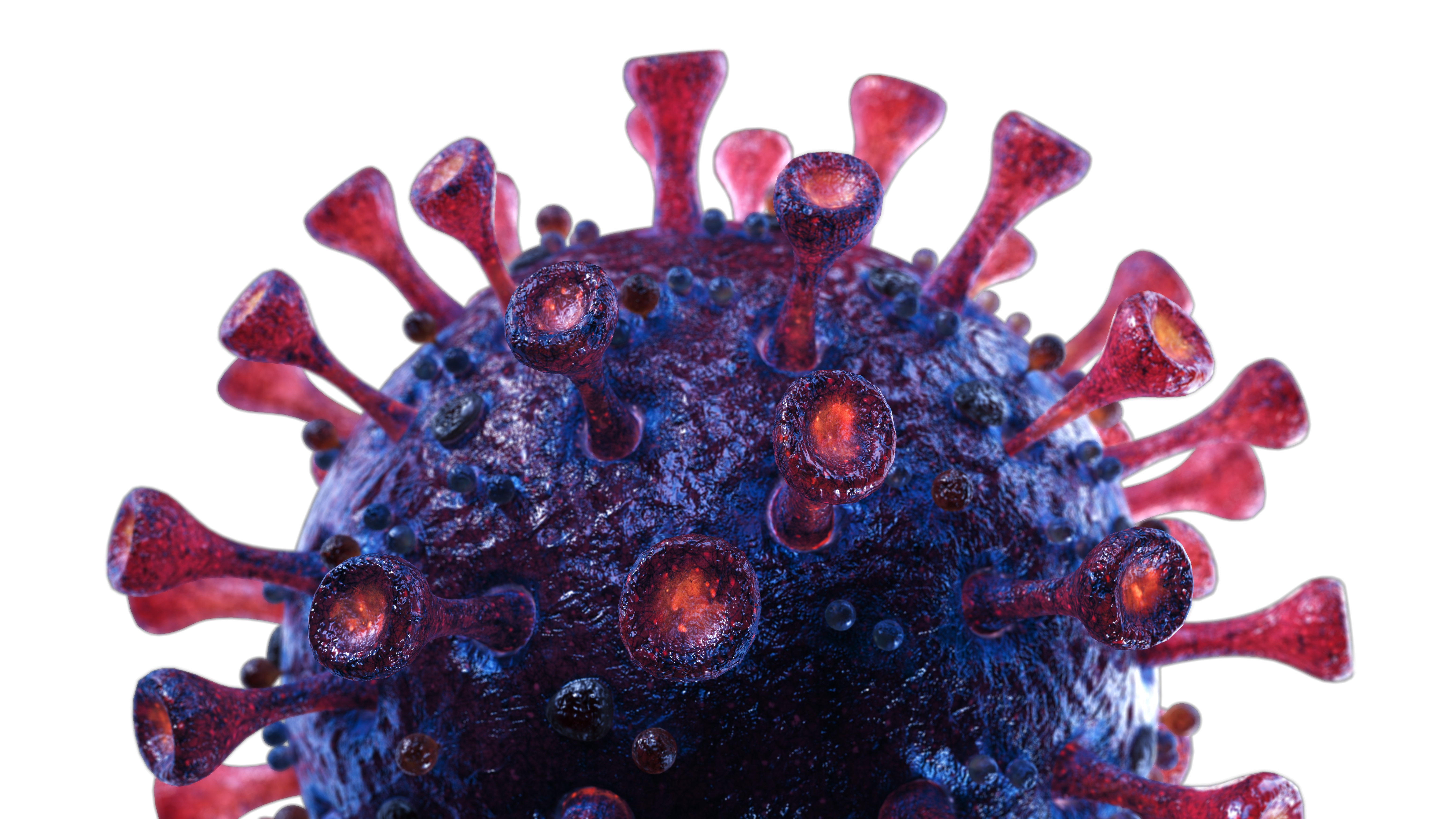Prior to the SARS-CoV-2 pandemic, wastewater was a topic that the average person would have never heard of, or even shied away from talking about. After all, who wants to talk about what comes out of household and business drains and toilets? Once waste is disposed of, it is often forgotten about. However, the recent pandemic showed that these waste streams can prove to be valuable for forecasting SARS-CoV-2 infection rates in populations, as well as showing proof of concept for similar work with pathogenic antibiotic resistant bacteria.
The Centers for Disease Control (CDC) itself has created a public health tool called the National Wastewater Surveillance System (NWSS) to help aid communities in establishing wastewater surveillance for SARS-CoV-2, as well as setting guidelines and expectations for what kind of waste streams can even be monitored in the first place. Communities with many septic tanks or pretreated waste streams will not benefit from trying to implement such a monitoring plan. However, there are larger towns, cities, and/ or collectives that could have public health monitoring established to benefit public health officials in planning for the next surge of cases that could max out an already packed hospital.
One such city that has implemented environmental monitoring in its public health efforts is Houston, Texas. The City of Houston Department of Public Health wanted to implement a high throughput workflow to rapidly detect viral RNA from its waste streams and eliminate long incubations times that may render the results of their testing useless in the context of planning for future outbreaks. To accomplish this, a workflow utilizing the power of the Bead Ruptor EliteTM Bead Mill Homogenizer and the superior extraction capability of the chemagic 360 instrument was developed.
Wastewater surveillance starts with the obvious unmentionable effluent coming from people’s homes and businesses. It works its way down to collective sites where many sewers and waste channels merge together prior to flowing into wastewater treatment plants. It is at these pretreatment sites that the wastewater is sampled, prepared for extraction, filtered, and then sent to the laboratory for analysis. In the laboratory, technicians pass the prepared wastewater samples through additional micron filters with pore diameters and charge specialized to the capture of viral particles and nucleic acids. After filtering the sample is where the bead mill enters the workflow. The filter contains the viral RNA (among other analytes), and liberating that RNA quickly requires mechanical processing from the Bead Ruptor EliteTM Bead Mill Homogenizer. After a vicious processing cycle on the bead mill, the now aqueous samples can be transferred to the chemagic 360 automated nucleic acid extractor where RNA will be isolated. This device in previous workflows (combined with good detection chemistry) has proven itself to be able to aid in the recovery and detection of viral RNA in the most sensitive tests available for use. (1) The wastewater RNA then can be utilized in standard SARS-CoV-2 detection chemistry to determine the level of abundance present in the community at large.
Wastewater surveillance does not have to stop with just the detection of the most recent strain of viruses. It can additionally be utilized in monitoring the amount of antibiotic resistance genes (ARGs) in wastewater to both understand what resistant strains are present within a community or monitor the reservoir of genetic material that is available for horizontal gene transfer (HGT) (2). Understanding the amount and level of ARGs in a community could allow for both public health officials and wastewater treatment plant operators to implement mitigation strategies to combat the growing amount of antimicrobial resistance seen in the environment at a main reservoir of genetic material. Regardless of what pathogen needs to be monitored or who is monitoring it, any implementation of wastewater surveillance needs to be accompanied by proper sample prep. To read more about how OMNI International bead mills were deployed to help in this effort, download the application note below. If monitoring wastewater is important to you and your lab, reach out to OMNI’s team of scientists today. Our lab will help find a solution for your team today.
References
1. Center for Devices and Radiological Health, & Center for Biologics Evaluation and Research. (2020, December 7). SARS-COV-2 reference panel comparative data. U.S. Food and Drug Administration. Retrieved February 21, 2023, from https://www.fda.gov/medical-devices/coronavirus-covid-19-and-medical-devices/sars-cov-2-reference-panelcomparative- data
2. Nguyen, A. Q., Vu, H. P., Nguyen, L. N., Wang, Q., Djordjevic, S. P., Donner, E., Yin, H., & Nghiem, L. D. (2021). Monitoring antibiotic resistance genes in wastewater treatment: Current strategies and future challenges. The Science of the total environment, 783, 146964. https://doi.org/10.1016/j.scitotenv.2021.146964
For research use only. Not for use in diagnostic procedures.

